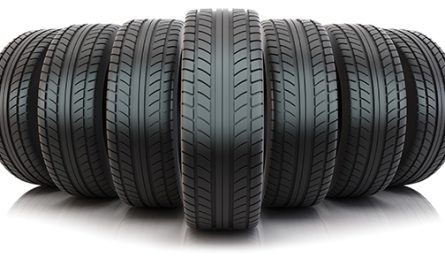Purpose of an Active Purge Pump
An automotive active purge pump serves an important purpose in a vehicle’s evaporative emission control system. As gasoline sits in the fuel tank, it evaporates and releases hydrocarbon vapors. These vapors are absorbed by the charcoal canister to prevent them from escaping into the atmosphere. The active purge pump works to pull these vapors from the charcoal canister and feed them into the engine intake manifold where they can be burned off during combustion. This helps the vehicle pass emission tests by preventing untreated vapors from reaching the outside air.
Construction and Operation of Automotive Active Purge Pump
An active purge pump is a small electric motor-driven pump that is either mounted directly on the charcoal canister or connected to it with short hoses. When the engine is running, the pump is activated and draws the vapors out of the canister. It works on a duty cycle that is controlled by the vehicle’s engine control module. Automotive Active Purge Pump As the pump operates, it creates a vacuum that pulls the vapors from the canister into the intake manifold where they can be burned. Newer vehicles may have additional components like purge valves and solenoids to precisely control the purging process. The pump itself is a simple design with an electric motor, impeller, housing and power connections.
Symptoms of a Failed Purge Pump
A faulty or failed active purge pump can cause noticeable driving issues and prevent the vehicle from passing emission tests. Some common symptoms include:
– Rough idle or stalling when the engine is cold. Without the purge pump drawing vapors into the engine, extra fuel is needed for stable operation.
– Hesitation or stumbling upon acceleration from a stop. The engine may stumble as it tries to compensate for not properly purging stored vapors.
– Codes related to the evaporative emission system stored in the computer. Things like purge flow insufficient, purge valve circuit malfunctions, etc.
– visible hydrocarbon vapors noticed from the tailpipe upon a cold start. The untapped vapors make their way out of the exhaust.
– Failing smog check due to high evaporative system leak rates. The pump isn’t purging properly so too many emissions escape detection.
Diagnosing a Bad Purge Pump
If purge pump issues are suspected, diagnosticians have some tests available to pinpoint the problem:
– Performing a smoke test on the evaporative system with the pump activated can detect leaks at the pump or connected components.
– Monitoring live data from the pump’s duty cycle circuit. A scan tool may show faults with commanding the pump on or off.
– Backprobing electrical connectors to check for proper voltage delivery to the pump during operation.
– Listening for air being drawn through the purge lines with a mechanical stethoscope can validate pump function.
– Replacing the pump and monitoring for changes in engine runability, emissions monitor resets, etc.
Repair and Replacement
Once a purge pump is confirmed faulty, the repair is usually just a matter of replacement. The individual pump component is generally low-cost but labor to access it can vary depending on vehicle design. Some common steps include:
– Removing the charcoal canister either from underneath the vehicle or inside the wheel well area for accessibility.
– Disconnecting any electrical and vacuum line attachments from the pump.
– Unfastening mounting bolts or clips securing the old unit in place.
– Swapping in the new pump and reattaching all connections.
– Reinstalling the charcoal canister and any removed panels.
– Checking for trouble codes and test driving to validate repairs.
With the active purge pump circulating tank vapors properly again, driveability and emissions system operation should return to normal. Replacement ensures the evaporative system continues protecting the environment as intended.
Precautionary Maintenance of Automotive Active Purge Pump
While purge pumps last the lifetime of most vehicles, age and environmental factors can potentially degrade them over 10+ years of operation. As a preventative measure, some technicians may recommend replacement along with the charcoal canister if the vehicle is due for scheduled emissions testing. Proper fuel and low ethanol fuel can also extend pump life. Staying on top of any diagnostic trouble codes related to the evaporative emissions system is wise too, so small issues don’t progress into permanent pump failure. With minimal effort, keeping the purge pump functioning optimally helps vehicles pass smog inspections for many more years of compliance.
In summary, the active purge pump is a critical yet often overlooked component in a vehicle’s evaporative emissions control. By understanding its purpose and diagnosing problems early, technicians can keep this low-cost part circulating tank vapors away from the outside air as designed. Maintaining a properly operating purge pump ensures one less failure point impacting both vehicle operation and environmental regulation adherence.
*Note:
1.Source: Coherent Market Insights, Public sources, Desk research
2.We have leveraged AI tools to mine information and compile it



